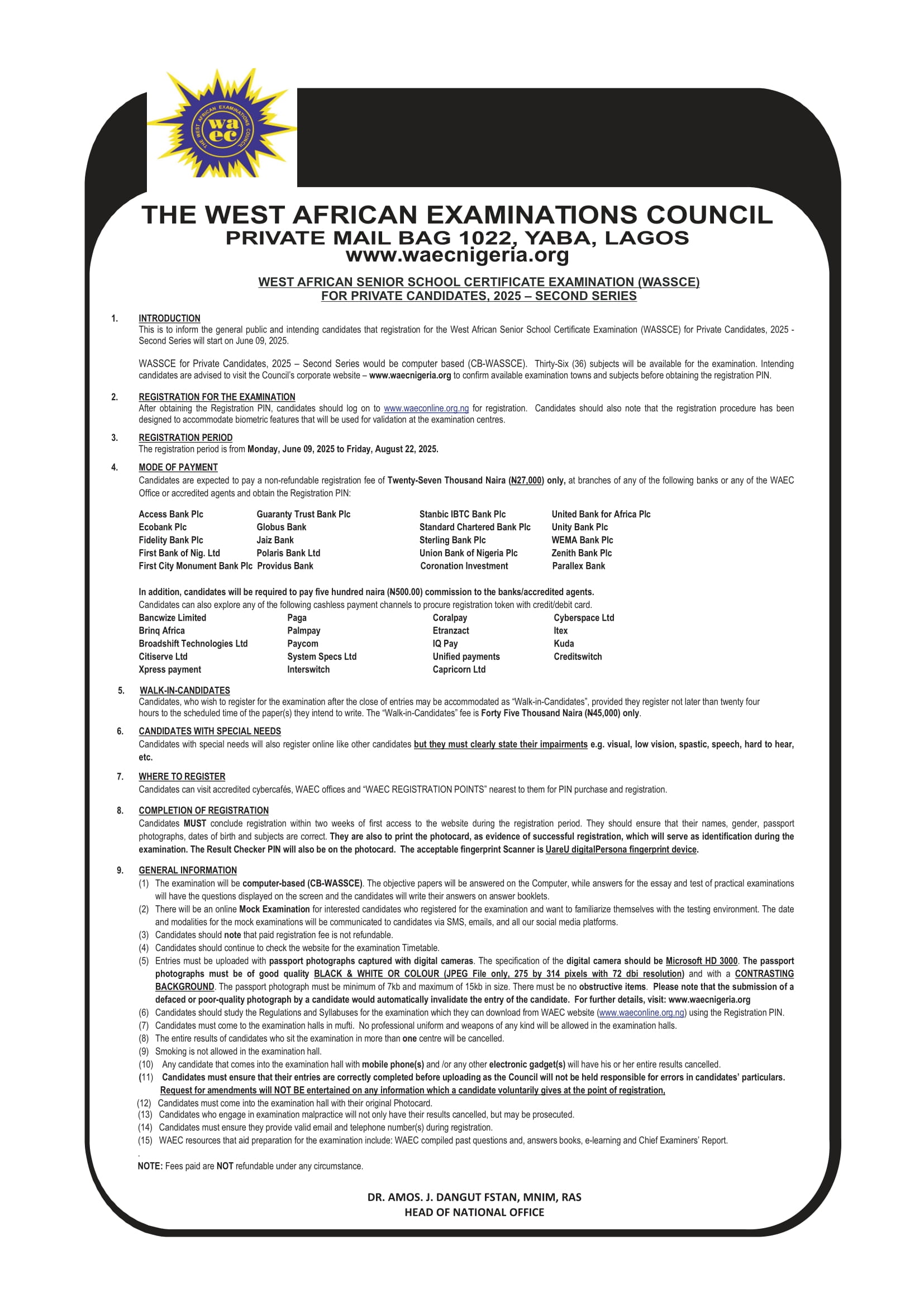
Antonio Guterres, UN High Commissioner for Refugees UNHCR at a Press Conference after 66th session of Excom. 9 October 2015. UN Photo / Jean-Marc Ferré
UN Agency hopeful on ending AIDS scourge by 2030

The Joint United Nations Programme on HIV/AIDS (UNAIDS) says the world can still end the scourge of HIV and AIDS as a public health threat by year 2030.
Executive Director of UNAIDS, Winnie Byanyima, the global body’s agency fighting AIDS and HIV infection, stated this in the 2025 Global AIDS Update released on Thursday by UNAIDS.
“Together, we can still end AIDS as a public health threat by 2030, if we act with urgency, unity and unwavering commitment,” she said.
Byanyima said in spite of the grim landscape, “there is still time to transform this crisis into an opportunity”.
She stressed the need for countries and communities to step up to protect treatment gains.
As of December 2024, seven countries in sub-Saharan Africa had achieved the 95-95-95 targets.
This means 95 per cent of people living with HIV know their status, 95 per cent of those are on treatment and 95 per cent of those on treatment are virally suppressed.
While such successes must be maintained and further scaled up, the global HIV response cannot rely on domestic resources alone, she cautioned.
“In a time of crisis, the world must choose transformation over retreat,” Byanyima said.
Byanyima, however, warned that funding gap was hampering the fight to end AIDS, declaring it “a ticking time bomb”.
In spite of marked progress in the HIV response in 2024, this year has seen many disruptions to HIV prevention programmes and treatment services, due to abrupt funding shortfalls by the U.S. and other major donor countries.
Even before the large-scale service disruptions, reported data for 2024 showed that 9.2 million people living with HIV still did not have access to life-saving treatments, contributing to 75,000 AIDS-related deaths among children in 2024.
“This is not just a funding gap, it’s a ticking time bomb,” Byanyima warned, as many AIDS-relief programmes are being defunded, pushing people out of critically needed care.
If U.S.-supported HIV treatment and prevention services collapse entirely, UNAIDS estimated that an additional six million new HIV infections and four million additional AIDS-related deaths could occur between 2025 and 2029.
She said devastating funding cuts from international donors were hitting countries hardest affected by HIV but praised many that showed remarkable resilience and determination to keep progress alive.
UNAIDS, in the 2025 Global AIDS Update warned that a historic funding crisis now threatens to unravel decades of hard-won gains unless countries radically rethink how they fund and deliver HIV services.
Of the 60 low and middle-income nations surveyed in the report, 25 have signalled plans to increase domestic HIV budgets in 2026, a clear sign of growing national leadership and commitment to the response.
While looking promising, UNAIDS said such efforts are not sufficient to replace the scale of international funding in countries that are heavily reliant on global donors. (NAN)
About The Author

